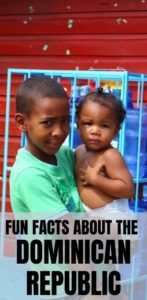Table of Contents:
The Dominican Republic is one of the most interesting places in the Americas. Over the centuries, it has seen an astonishing amount of change for such a little island as cultural forces have waxed and waned, giving the island the unique cultural heritage it has today. From whale watching to baseball to some of the oldest European structures in the new world, these Dominican Republic facts help tell the island nation’s long and colorful history.
Dominican Republic Is The Second Largest Caribbean Country
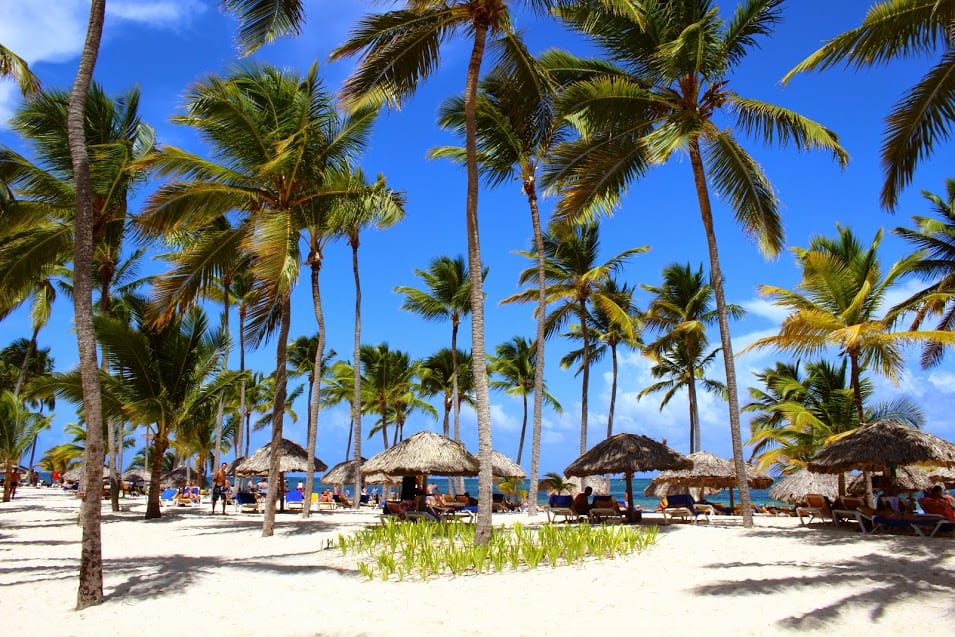
The Dominican Republic is the second-largest country in the Caribbean after Cuba. No wonder so many people are choosing All Inclusive Resorts in Punta Cana as their holiday destination!
It is located on the island of Hispaniola, which it shares with Haiti, and which was the name of the unified colony upon the arrival of the first Spanish colonists. Hispaniola is one of the few islands in the world to be divided between two countries.
It is located to the east of Puerto Rico and the west of Cuba. Along with Jamaica, this cluster of islands is referred to as the Greater Antilles.
The country occupies the eastern two-thirds of the island, with the entire country measuring 18,705 square miles. Drought, war, famine, natural disasters, and the resulting socioeconomic problems have ravaged the island in the past, though the two-thirds of the Dominican Republic are more naturally rich in resources than Haiti.
Dominican Republic Is A Very Diversified Country
Before colonization, the island was inhabited by the Taino people, who called the island various names, including Ayiti and Quisqueya.
Christopher Columbus founded what would become the Dominican Republic when he arrived on December 5, 1492. It became the first permanent Spanish settlement in the New World. It was also one of the first places to experience Columbus’ effect on native populations, with the Taino people believed to have been destroyed by disease and genocide upon the arrival of the Spanish.
The island is named for the capital city, Santo Domingo, which in turn was named for the Spanish Saint Domingo Domingo de Guzmán, who was the founder of the Dominican Order. The city, established in 1496, is the oldest European-founded city in the New World.
Following the destruction of the Taino people, the Atlantic Slave Trade brought countless African slaves to the island. The mixture of indigenous, Spanish, and African peoples contributes to the island’s unique ethnic and cultural blend to this day.
In 1697, the Treaty of Ryswick ceded what is today Haiti to France, with the entire island passing into French dominion in 1795 before the eastern portion returned to Spanish rule in 1809. In November of 1821, the unified island country of Santo Domingo declared its independence.
Haitian forces dominated the island from 1822 to 1844, with the Dominican Republic breaking away from their island neighbor and declaring independence on February 27, 1844.
Santo Domingo Has Been Listed As The UNESCO World Heritage Site
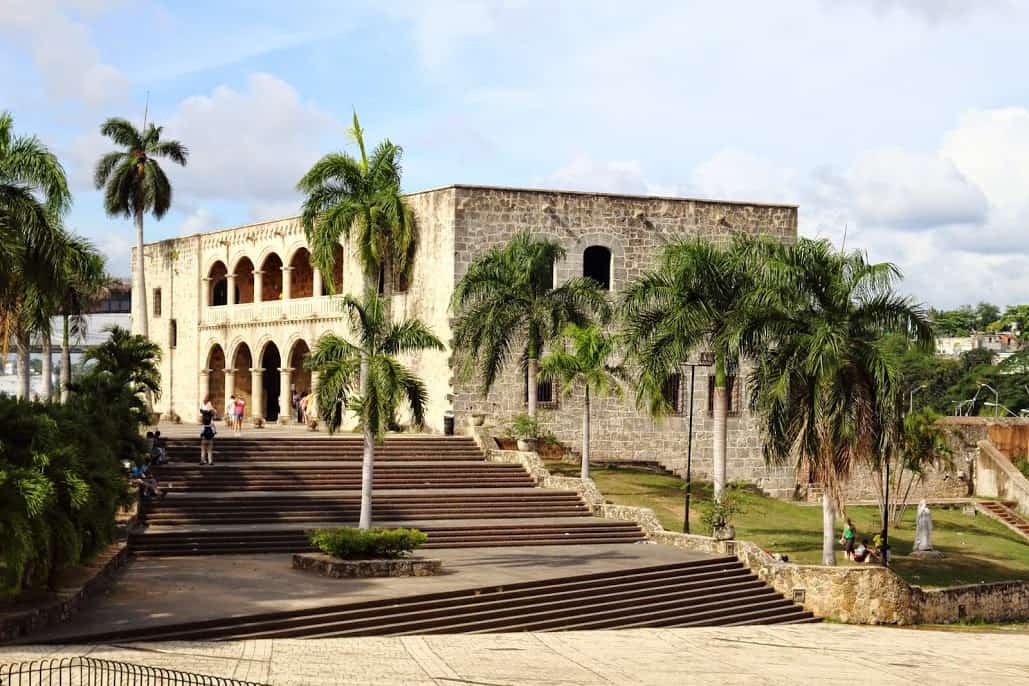
Santo Domingo today is a UNESCO World Heritage Site. Its historic plazas and centuries-old buildings remain intact, including the Primeda de America Cathedral with its Gothic architecture, which is relatively rare in the Caribbean.
Santo Domingo is also home to the oldest cathedral in the New World, the Cathedral of Santa María la Menor. It was begun in 1512 by Columbus’ son, was completed in 1540, and has survived everything from natural disasters and attacks on the island. There are many other awesome things to do in Santo Domingo that are worth checking out!
Baseball Is The National Game Of The Dominican Republic
The tiny island nation has churned out some of the game’s biggest stars in recent decades, including Pedro and Ramon Martinez, Juan Marichal, Bartolo Colon, Felipe Alou, Jose Reyes, Manny Ramirez, Sammy Sosa, Jose Bautista, Albert Pujols, David Ortiz, Adrian Beltre, Vladimir Guerrero, and many more.
Pedro, Marichal, and Guerrero are Hall of Famers, Pujols and Ortiz are likely to join them in the coming years, and Colon stands as the Latin American pitcher with the most wins in MLB history with 247 wins.
Dominican Republic Is World’s Only Country To Feature The Bible On Its Flag
It is one of the oldest flags in the region, being adopted by the country on November 6, 1844. It features a white cross that divides the flag into four quarters, which are colored red and blue.
The blue rectangles represent liberty while the red represents the bloodshed in the fight for independence.
It’s Summer All Year Round In DR
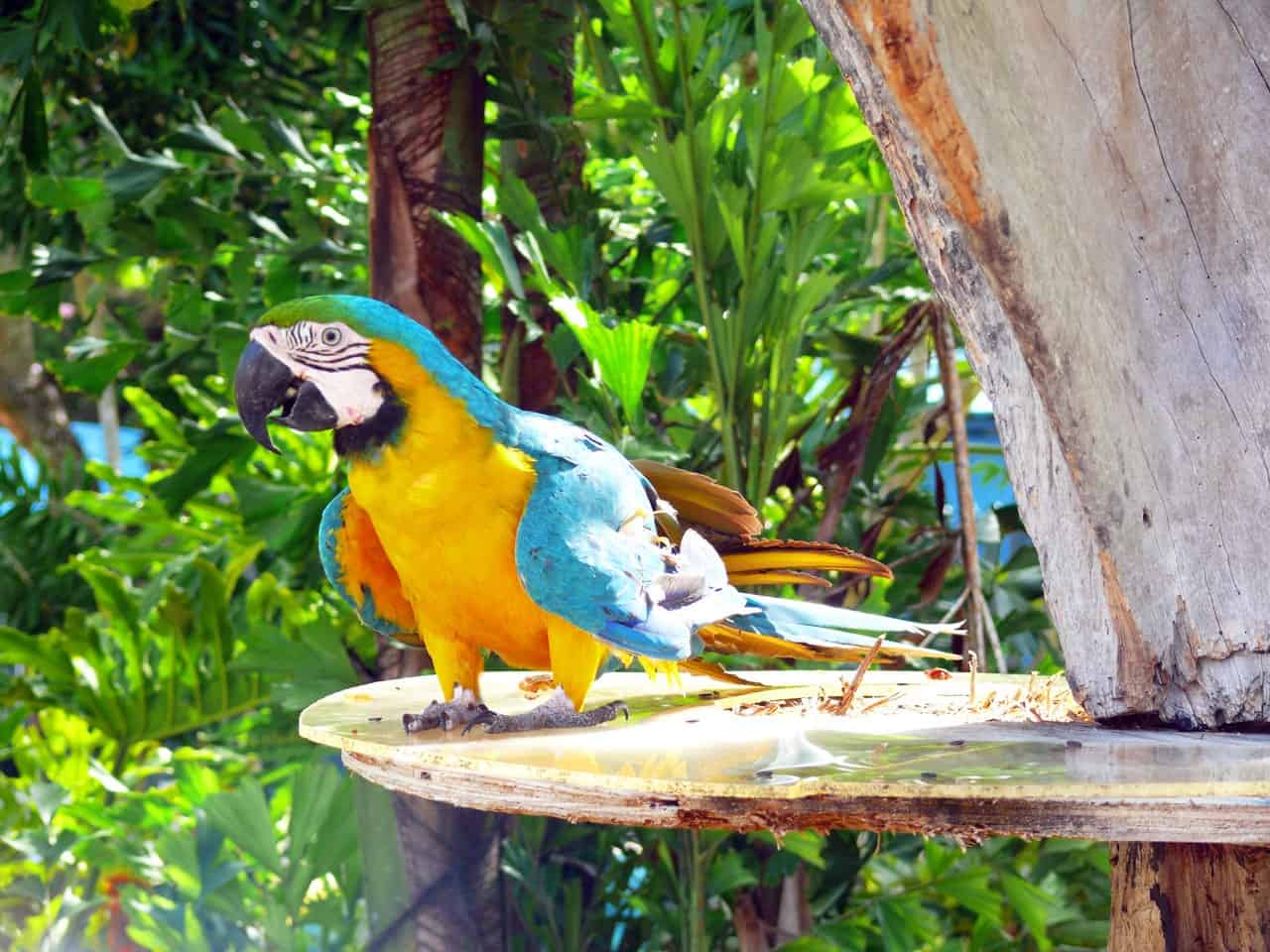
One of the strongest factors in the Dominican Republic’s favor from a tourism standpoint is the fact that it enjoys near-constant summer conditions.
On the whole, it doesn’t matter what time of year you visit, either – the skies are sunny there for more than 300 days out of the year, and the average temperature year-round is 77 degrees. Even though the rainy season technically lasts from late spring to autumn, chances are they won’t spoil your sunny summer vacation.
The Actual Jurassic Amber Can Be Found In The Dominican Republic
If you’re a fan of Jurassic Park, you’ll remember the amber material with a prehistoric mosquito inside, making the cloning in the story possible.
That material is actually real, and one of the places it can be found in the Dominican Republic. Both Dominican Amber and Larimar can only be found here. You can even find a mosquito trapped in amber stone-like in the movie at the Amber Museum in Puerto Plata.
World’s Second Largest Gold Mine Is Located In The Dominican Republic
While the Dominican Republic is unfortunately forced to deal with poor conditions at the moment, it is nevertheless home to one of the richest mines on the planet. Pueblo Viejo is the second-largest gold mine in the world and the largest in the Caribbean, producing 581,000 ounces of gold in 2018.
The mine is currently run by the Viejo Dominicana Corporation, with ownership being split 60/40 between Barrick Gold and Newmont Goldcorp. It was previously owned by a Dominican mining company, Rosario Dominicana, S.A., from 1975 until it went bankrupt in 1999.
The Dominican Republic Is The Birthplace Of Merengue Music
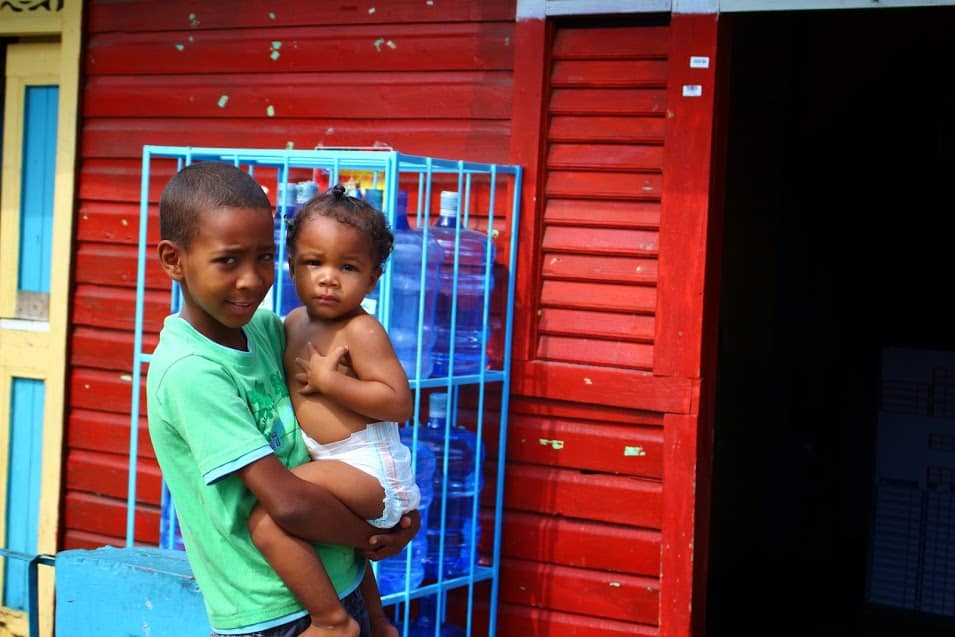
The style was developed in the 19th century and grew in popularity after the 1930s under the reign of Trujillo, the dictator who ruled the Dominican Republic from 1930 to 1961.
Merengue is characterized by a fast pace and strong rhythm. In addition, another form of music, bachata, which originated in the rural areas of the country, has taken off in popularity in recent years.
Dominican Food Is Really Delicious
The national dish of the Dominican Republic is called “La Bandera,” or “the flag.” This traditional dish includes red beans, rice, and stewed meat. There is a lot of variety within the parameters of those basic ingredients, with the island’s different ethnic and cultural communities putting their own spin on it. The dish has spread to other Latin American countries, such as Cuba and Mexico.
Another common dish served there is tostone, which are fried plantain patties. They are often served as a side dish, with their ingredients being a blend of Spanish, African, and Middle Eastern ingredients. Other popular Dominican dishes include Habichuelas Guisadas, which is another stewed bean dish, Pollo Guisado, which is a special kind of braised chicken, and Bizcocho cake.
Whale Watching Is Very Popular In The Dominican Republic
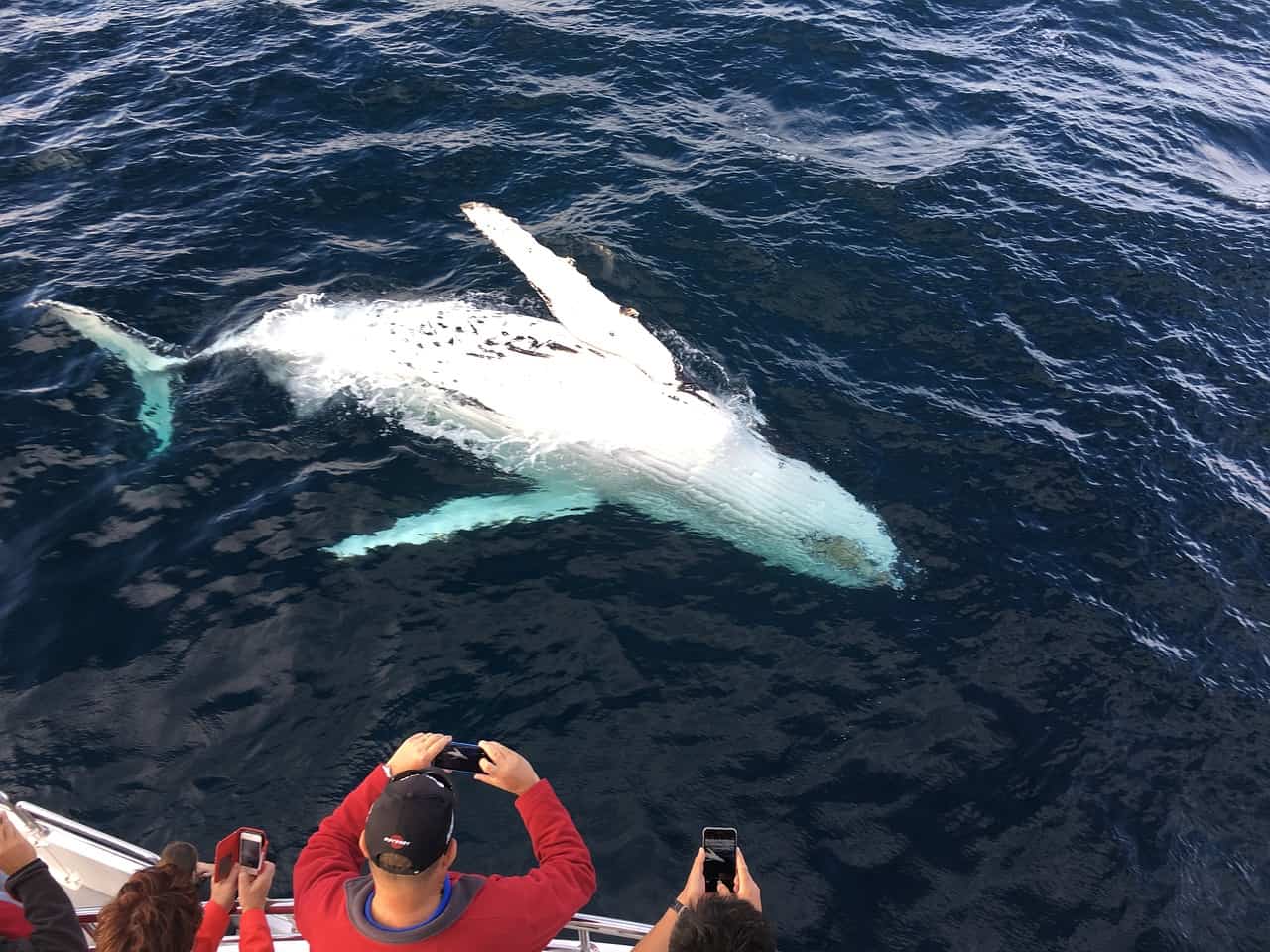
Australia is famous for its whale watching, but the Dominican Republic is another great place to try and spot some whales.
Every January the Bay of Samana bears witness to the migration of humpback whales as they migrate from the North Atlantic to the warmer waters of the Caribbean, breeding, and calving there until March.
The area is now officially designated a whale sanctuary.
The Caribbean’s Highest And Lowest Points Are Located In The Dominican Republic
The highest point in the Caribbean is Pico Duarte, measuring 10,414 feet. More than 3,000 climbers scale its summit each year.
Lake Enriquillo is the lowest point in not just the Dominican Republic, but the entire Caribbean at 150 feet below sea level. Florida may have its fair share of gators – and football teams named for them – but it’s Lake Enriquillo that is home to the biggest population of American crocodiles in the world.
The hypersaline lake covers more than 300 square kilometers and features a dazzling array of animals, including iguanas and tropical birds, such as flamingos.
Dominican Republic Is A Popular Tourist Destination
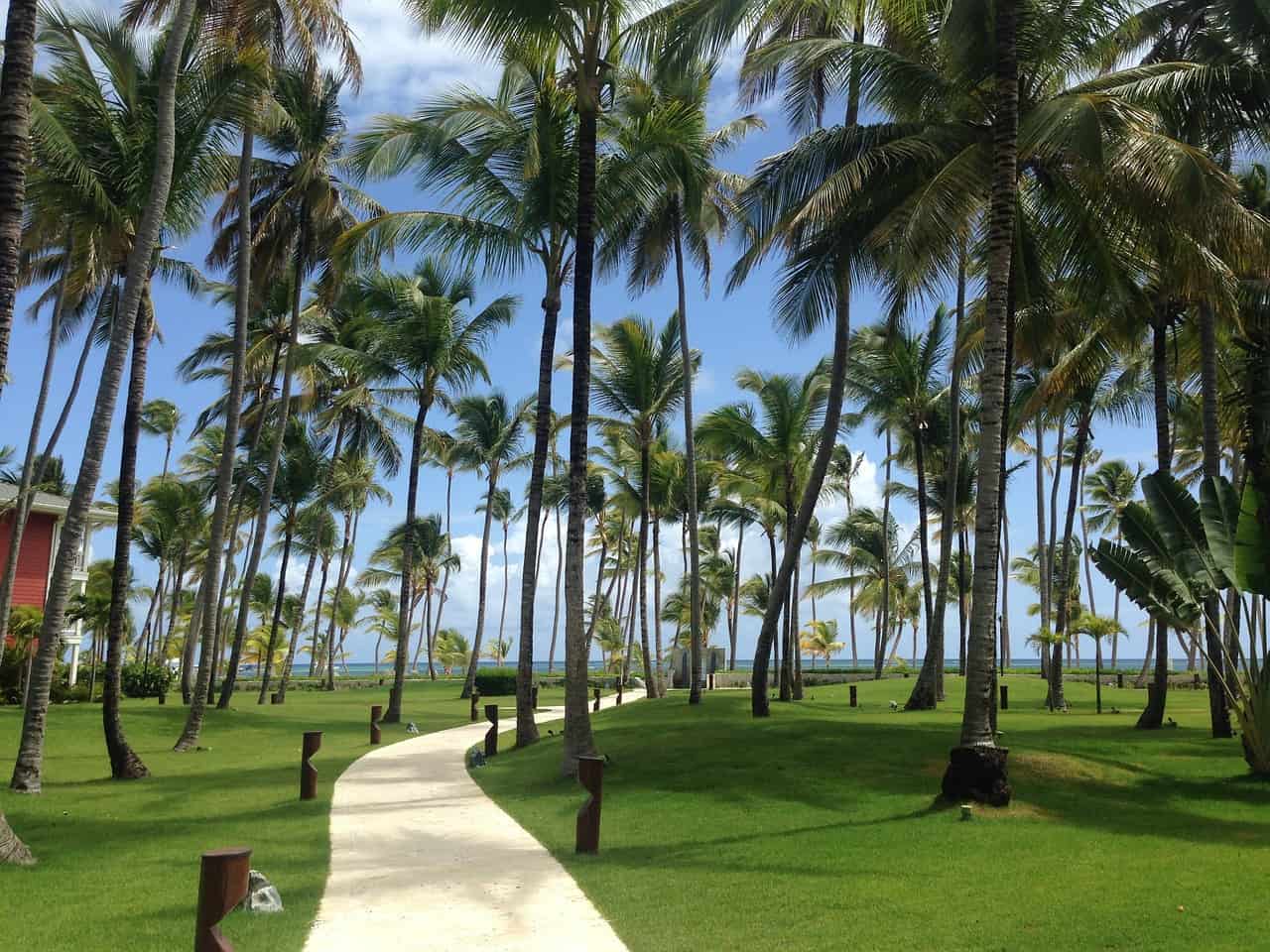
Eleven percent of the Dominican Republic’s GDP is due to tourism.
It’s a good thing, therefore, that the Dominican Republic is the most visited island nation in the Caribbean, with more than six million visitors coming each year, good for 21% of the total market for Caribbean tourism.
It is the fifth most visited destination in the Americas and the 54th most popular place to fly for touristic purposes.
Dominican Republic Has A National Bird
The Palmchat is both the national bird as well as the national animal of the Dominican Republic. In Spanish, the bird is known as cigua palmera, taking its name from the royal palm plantations on the island.
The bird is quite abundant throughout Hispaniola, sporting an olive green body. The Palmchat can grow to be 20 centimeters long.
The Dominican Republic is truly one of the crown jewels of the Americas. With a varied and vibrant cultural heritage, it is definitely a must-see for any traveler to the region.
Pin For Later:
Did you enjoy reading these fun facts about Dominican Republic? Share your thoughts in comments!

